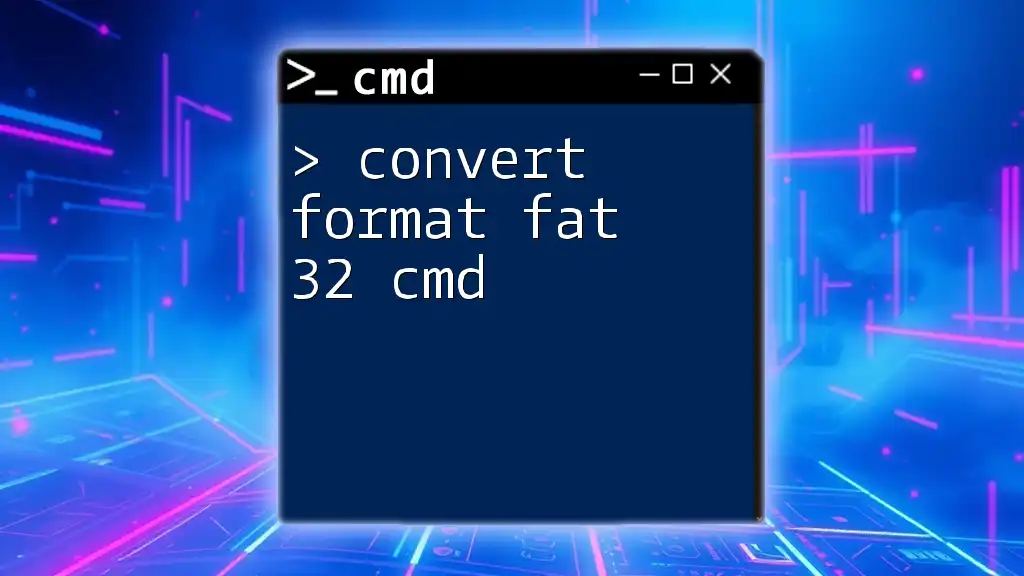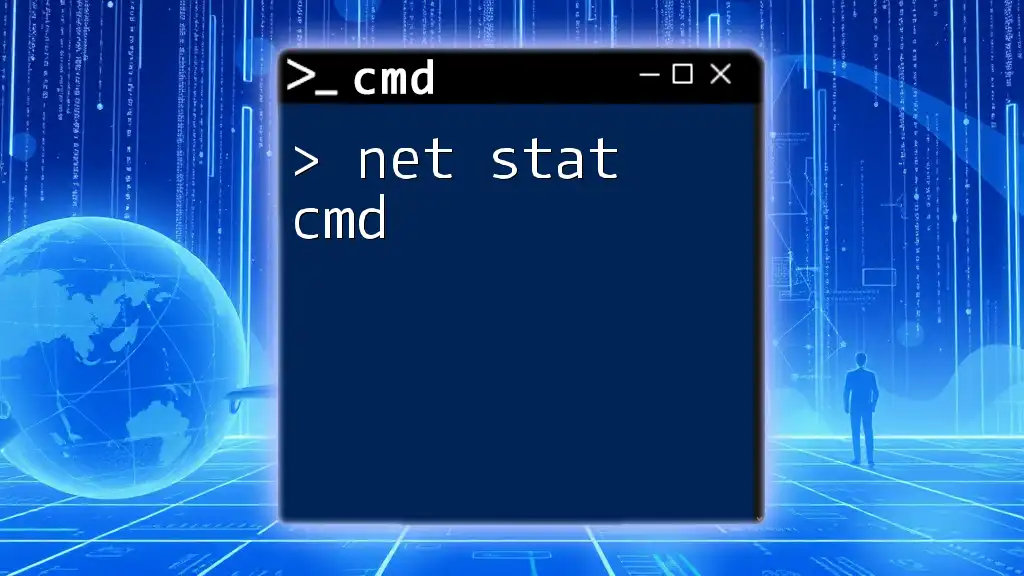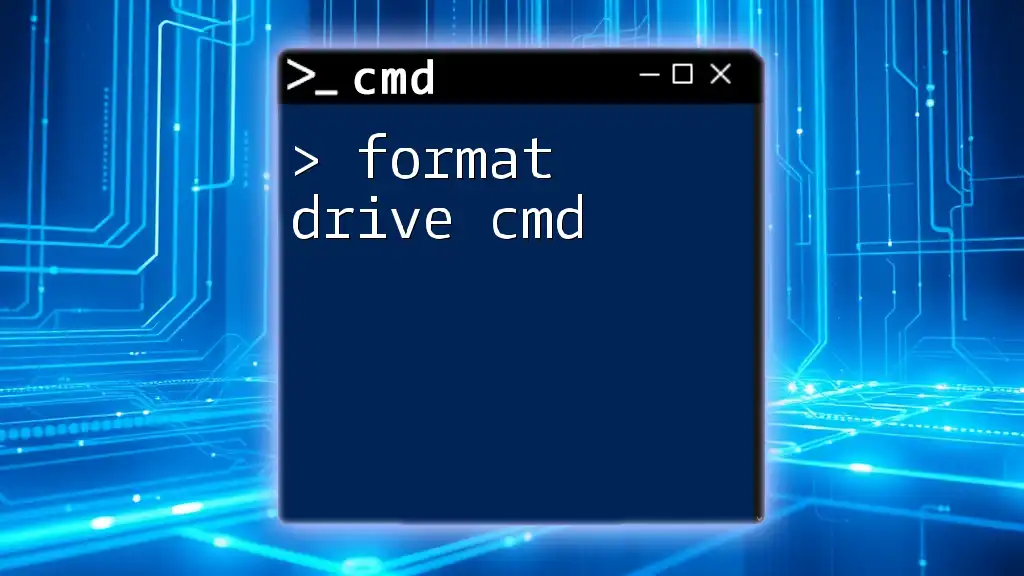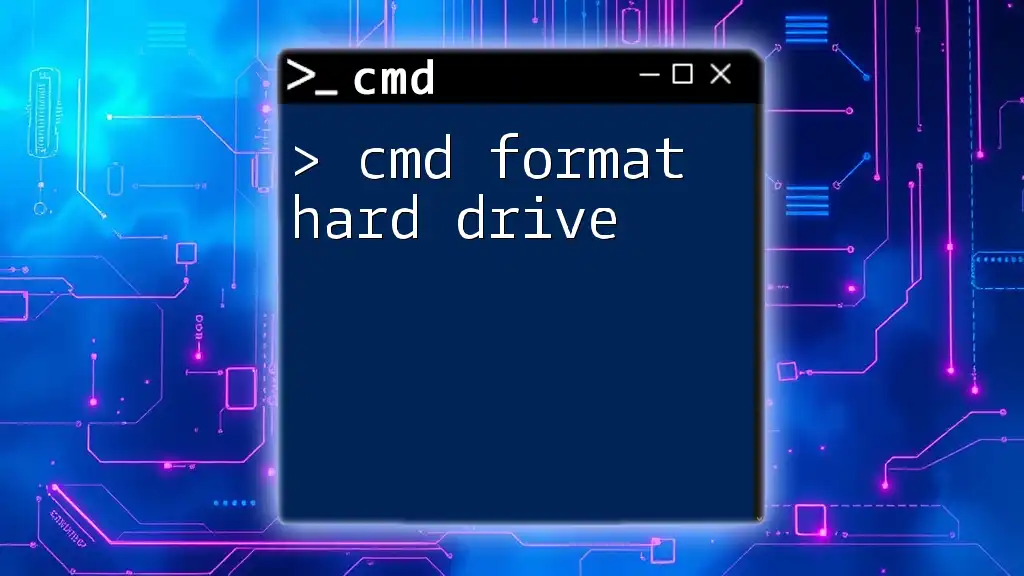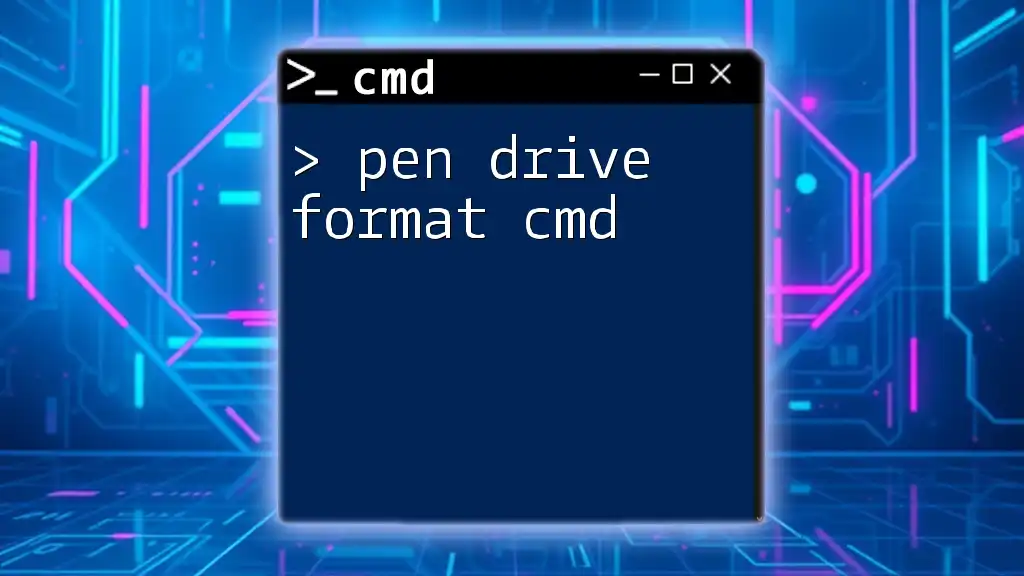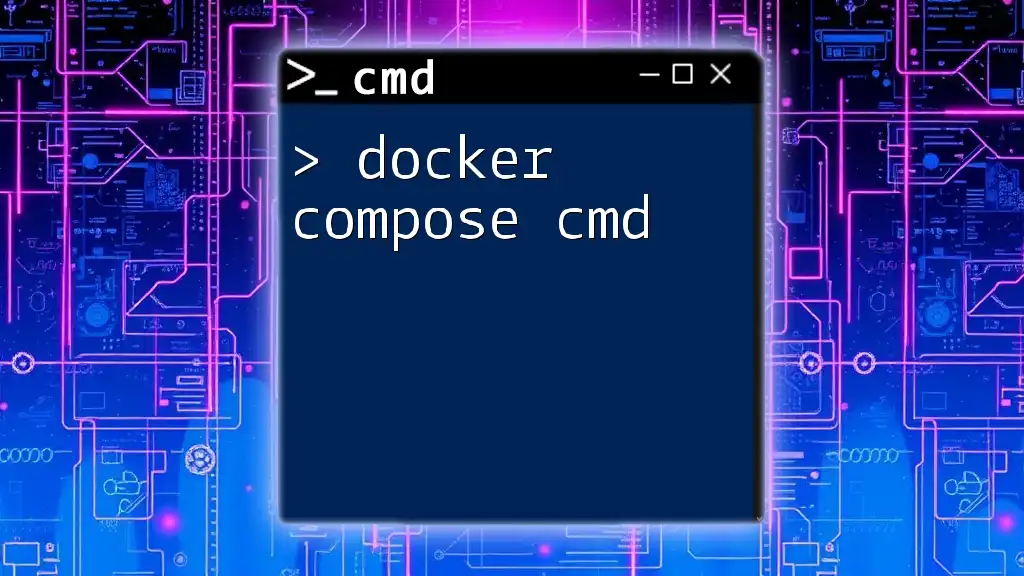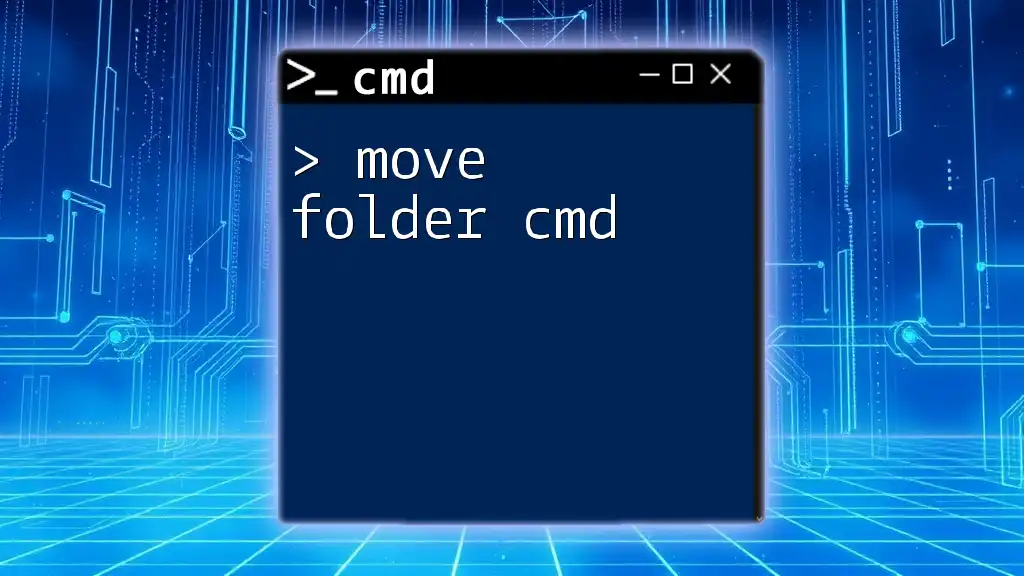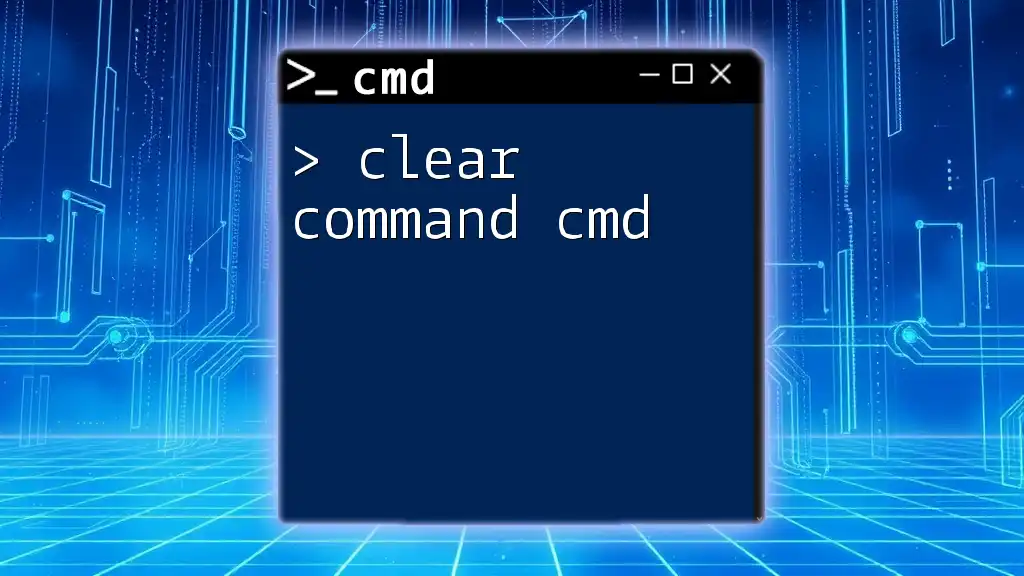You can convert a drive to the FAT32 format using the Command Prompt with the following command:
format X: /FS:FAT32
Replace `X:` with the letter of the drive you want to format.
Understanding FAT32
What is FAT32?
FAT32 (File Allocation Table 32) is a file system introduced in 1996 as an improvement over its predecessors, FAT12 and FAT16. It is widely used for external storage devices such as USB flash drives, SD cards, and hard drives due to its simplicity and compatibility across different operating systems.
Advantages of FAT32
- Compatibility: FAT32 is supported by almost all operating systems, including Windows, macOS, Linux, and even gaming consoles. This makes it an excellent choice for drives that need to be accessed across multiple platforms.
- Storage Flexibility: It is particularly useful for USB drives and external storage because most devices recognize and can read FAT32 formatted drives, making it easier to transfer files between systems.
- Ease of Use: Formatting to FAT32 is straightforward, requiring minimal technical knowledge compared to other file systems.
Limitations of FAT32
- File Size Limit: One of the most significant constraints of FAT32 is its maximum file size limit of 4GB. This makes it unsuitable for storing large files such as HD videos.
- Volume Size Limit: While FAT32 can support volumes up to 2TB, this could also be prohibitive for very large storage devices.
- Outdated Features: With advancements in technology, FAT32 lacks some modern features like journaling, which can help with data recovery.
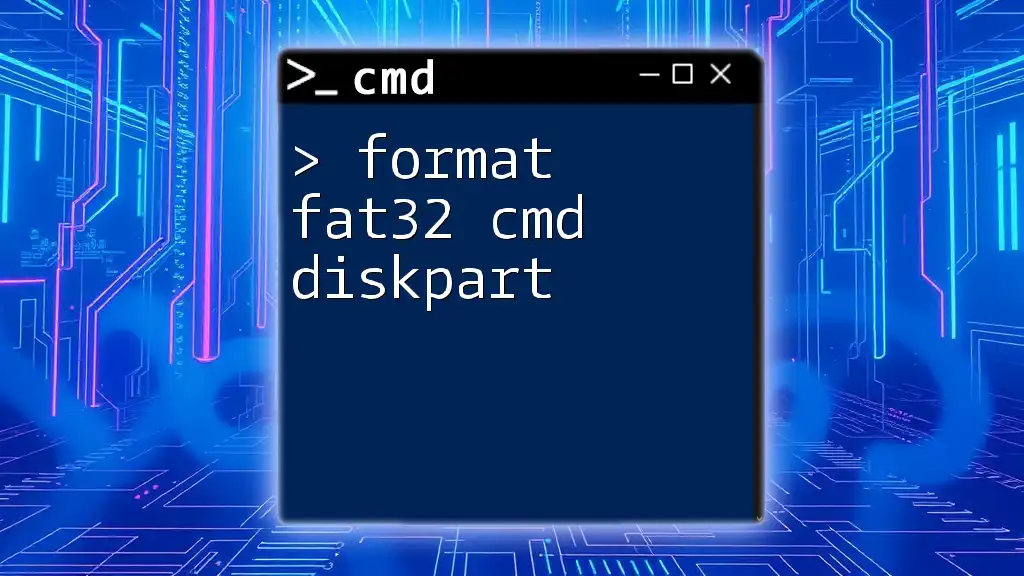
Preparing for Formatting
Identifying the Drive
Before you format any drive using CMD, it's critical to identify the correct drive letter. You can do this by executing the following command in CMD:
wmic logicaldisk get name
This command lists all the logical drives connected to your system. Make sure to take caution in selecting the correct drive to avoid accidental data loss on the wrong volume.
Backup Important Data
Formatting a drive will erase all the data on it. Therefore, it's essential to back up anything you want to keep before proceeding with the conversion. This can be achieved by copying files to another drive or using backup software. Always double-check that your data is safely stored elsewhere.
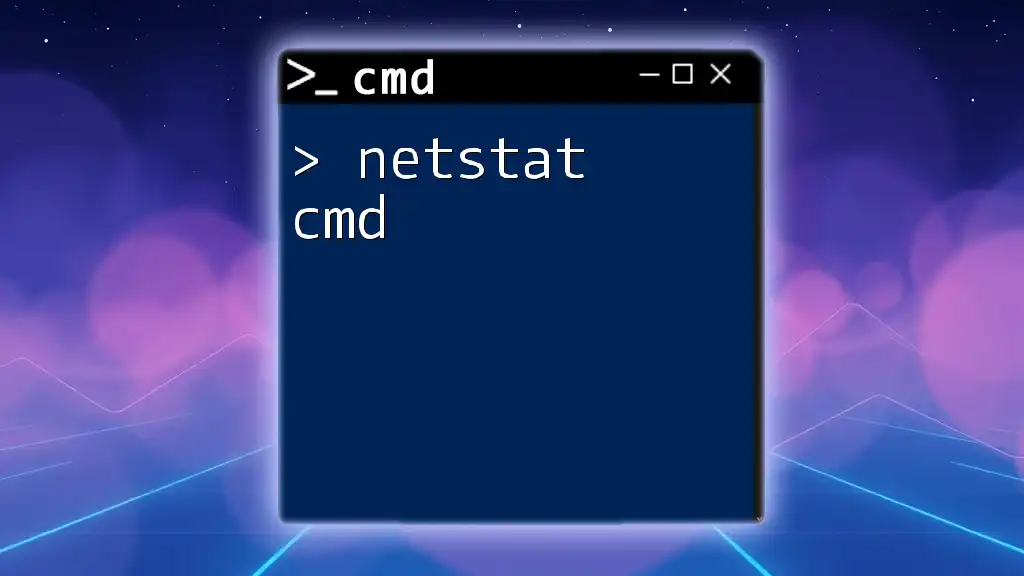
Formatting a Drive to FAT32 Using CMD
Opening Command Prompt
To format a drive to FAT32, you must first open the Command Prompt. There are multiple ways to achieve this:
- Press `Win + R` to open the Run dialog, then type `cmd` and hit Enter.
- Search for "Command Prompt" in the Start menu, right-click it, and select "Run as Administrator" for elevated privileges.
The Format Command Explained
The format command is used to prepare a disk for use, defining how files are stored. The syntax for formatting a drive to FAT32 is as follows:
format [drive letter]: /fs:FAT32
Where [drive letter] corresponds to the letter assigned to the drive you wish to format (e.g., E:).
Step-by-Step Guide to Format a Drive
Step 1: Check the Drive Letter
Refer back to the previous section where you identified the drive letter. Ensure you correctly note down the drive letter you intend to format.
Step 2: Execute the Format Command
Once you are clear about the drive letter, enter the following command in CMD:
format E: /fs:FAT32
Replace `E:` with the actual drive letter you are formatting. Upon executing the command, you will be prompted to confirm the action. Typing `Y` and pressing Enter will initiate the formatting process.
Step 3: Additional Format Options
You can also add more options to make the formatting process quicker. Using the `/q` switch allows for a quick format that skips the checking of sectors:
format E: /fs:FAT32 /q
This is particularly useful for drives that have previously been formatted and you are certain there are no file system errors.
Handling Errors During Formatting
Common Error Codes
While formatting a drive, you may encounter several errors:
- Write-Protected Error: Occurs when the drive is set to read-only. You may need to unlock the write-protection.
- Invalid Command: This indicates a typo in your command. Always double-check your syntax.
Troubleshooting Tips
If you face a write-protection issue:
- Check if there's a physical switch on the drive to disable write protection.
- You can also attempt to remove write protection from the command line with the `diskpart` tool.
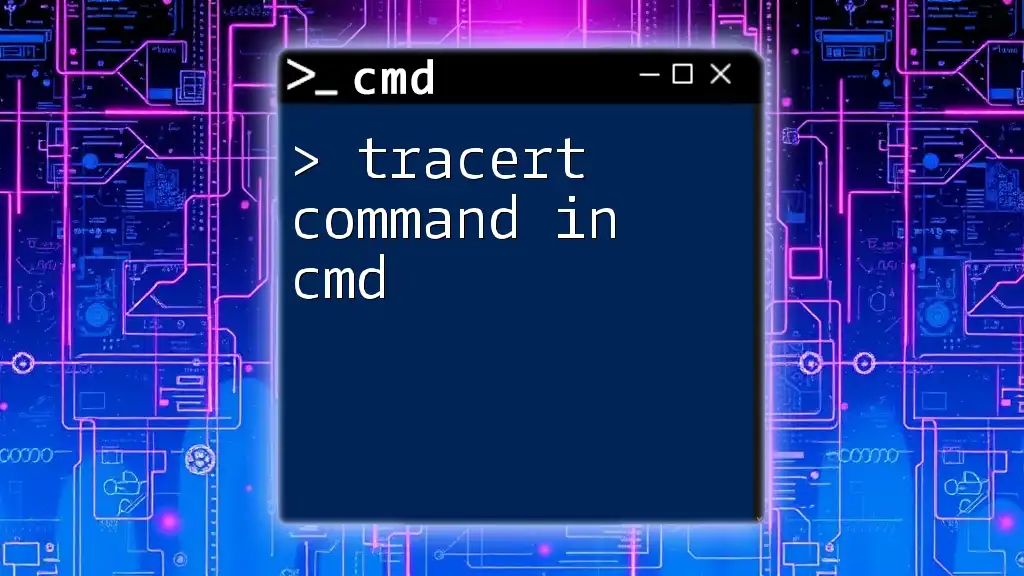
Verifying the Format
Checking the File System from CMD
After formatting, it's a good idea to verify that your drive has been formatted correctly. You can do this with the following command:
fsutil fsinfo volumeinfo E:
Replace `E:` with your drive letter. This command will provide details about your volume, including the file system format.
Using File Explorer to Confirm Format
For those who prefer a visual confirmation, you can check the file system format by navigating through File Explorer:
- Right-click on the drive.
- Select "Properties."
- Look under the 'General' tab for the file system type.
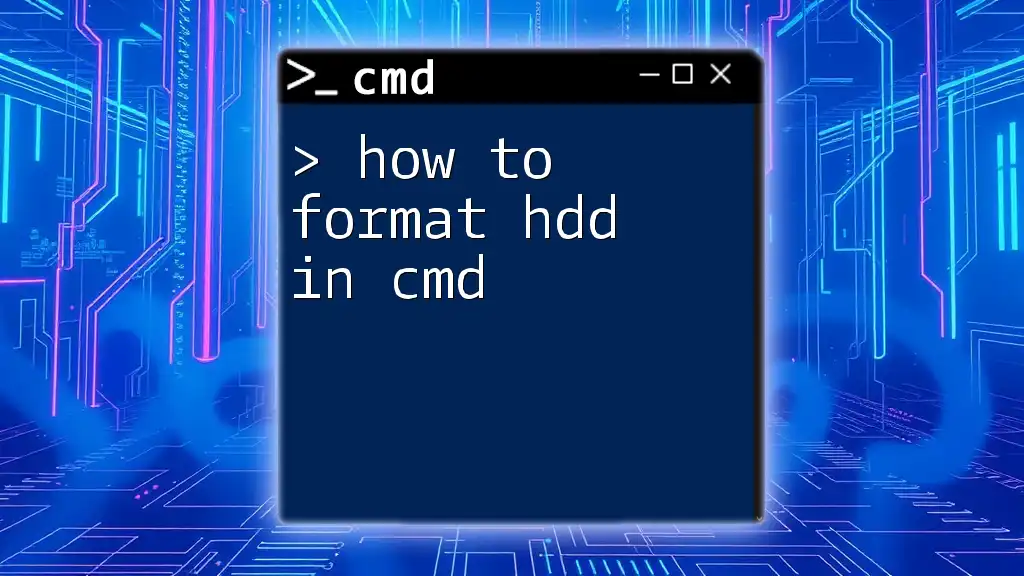
Conclusion
In summary, converting a drive to FAT32 using CMD is a straightforward process that opens the door to compatibility and ease of use across various devices. Understanding the implications of FAT32, along with the formatting process itself, empowers you to manage your storage devices effectively. Practice the outlined steps, and don’t hesitate to explore further resources and communities for additional guidance and learning.

